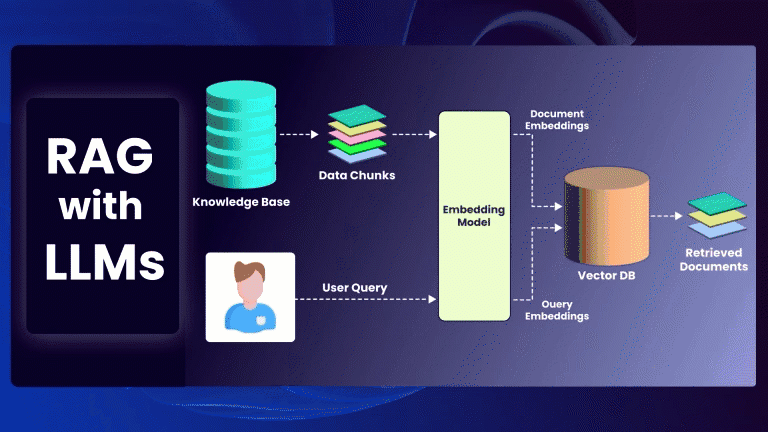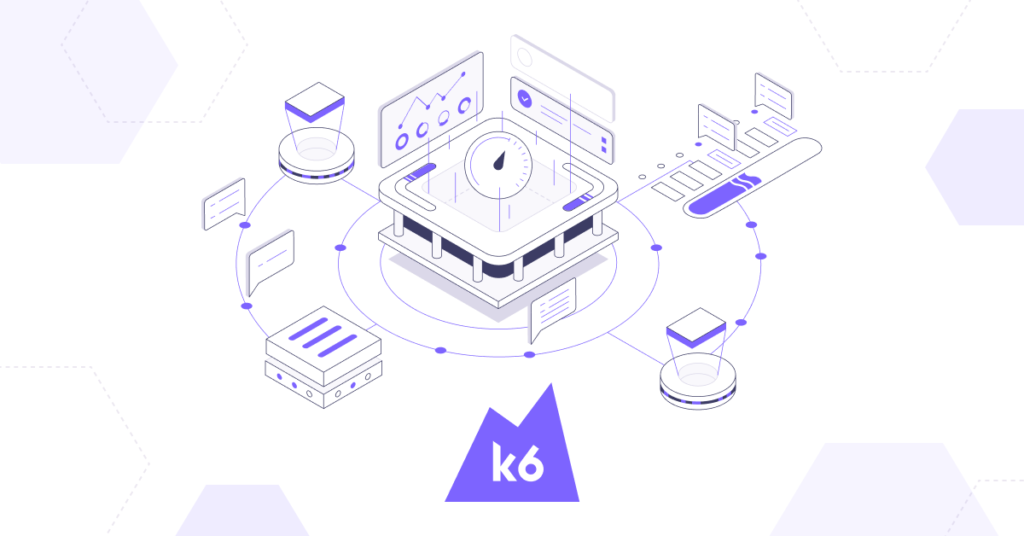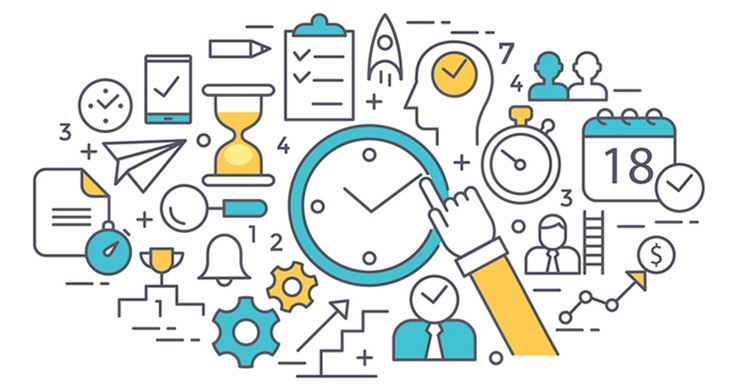Becoming a web developer is an exciting journey filled with opportunities to create innovative solutions and contribute to the ever-evolving digital landscape. Whether you’re passionate about frontend development, backend logic, or full-stack mastery, this step-by-step roadmap will guide you through the essential skills and knowledge areas you need to embark on your web development career in 2024.
Step 1: Lay the Foundation
- Understand the Basics of Web Technologies:
- Learn HTML (Hypertext Markup Language) for creating the structure of web pages.
- Master CSS (Cascading Style Sheets) for styling and layout.
- Get familiar with JavaScript for adding interactivity and dynamic behavior to websites.
- Explore Frontend Frameworks:
- Dive into popular frontend frameworks like React, Vue.js, or Angular to streamline development and build interactive user interfaces.
Step 2: Dive into Frontend Development
- Master Responsive Web Design:
- Learn how to create websites that adapt to different screen sizes using media queries and flexible layouts.
- Explore Advanced CSS:
- Delve deeper into CSS concepts such as flexbox, grid layout, and CSS preprocessors like Sass or Less.
- Understand JavaScript Fundamentals:
- Dive into JavaScript concepts such as functions, closures, asynchronous programming, and ES6+ features.
- Learn DOM Manipulation:
- Understand how to interact with the Document Object Model (DOM) to dynamically update website content.
- Get Comfortable with Version Control:
- Learn how to use Git and platforms like GitHub or GitLab for version control and collaboration.
Step 3: Backend Development Basics
- Understand Server-Side Languages:
- Choose a backend language such as JavaScript (Node.js), Python, Ruby, or Java.
- Learn about server-side concepts like handling requests, processing data, and interacting with databases.
- Explore Backend Frameworks:
- Dive into frameworks like Express.js (Node.js), Django (Python), Ruby on Rails (Ruby), or Spring Boot (Java) to accelerate backend development.
- Database Fundamentals:
- Learn about databases and SQL (Structured Query Language) for storing and retrieving data.
- Explore relational databases like PostgreSQL or MySQL, as well as NoSQL databases like MongoDB.
Step 4: Full-Stack Mastery
- Integrate Frontend with Backend:
- Learn how to build RESTful APIs to connect frontend and backend components.
- Understand how to handle authentication, authorization, and data validation.
- Explore Full-Stack Frameworks:
- Consider learning full-stack frameworks like MEAN (MongoDB, Express.js, Angular, Node.js) or MERN (MongoDB, Express.js, React, Node.js) for end-to-end development.
Step 5: Specialize and Deepen Your Knowledge
- Choose Your Path:
- Decide whether you want to specialize in frontend, backend, or full-stack development based on your interests and career goals.
- Master Advanced Topics:
- Deepen your knowledge in areas such as performance optimization, security best practices, and accessibility standards.
- Explore Specialized Technologies:
- Depending on your chosen path, explore specialized technologies like Progressive Web Apps (PWAs), serverless architecture, or real-time web development.
Step 6: Build a Strong Portfolio
- Work on Projects:
- Start building real-world projects to showcase your skills and demonstrate your capabilities to potential employers or clients.
- Include a variety of projects to showcase your versatility and expertise across different technologies and frameworks.
- Contribute to Open Source:
- Contribute to open-source projects on platforms like GitHub to gain experience, collaborate with other developers, and give back to the community.
Step 7: Keep Learning and Stay Updated
- Stay Current with Industry Trends:
- Keep up-to-date with the latest advancements in web development by following blogs, attending conferences, and participating in online communities.
- Continuously Improve Your Skills:
- Never stop learning and expanding your skill set. Take online courses, read books, and experiment with new technologies to stay ahead in the rapidly evolving field of web development.
Conclusion
Becoming a web developer in 2024 requires a combination of dedication, continuous learning, and practical experience. By following this step-by-step roadmap, you’ll build a strong foundation in web development and acquire the skills needed to create dynamic, interactive, and responsive websites and web applications. Remember, the journey is ongoing, and staying curious, adaptable, and passionate about your craft will help you thrive in this exciting and ever-changing field.






